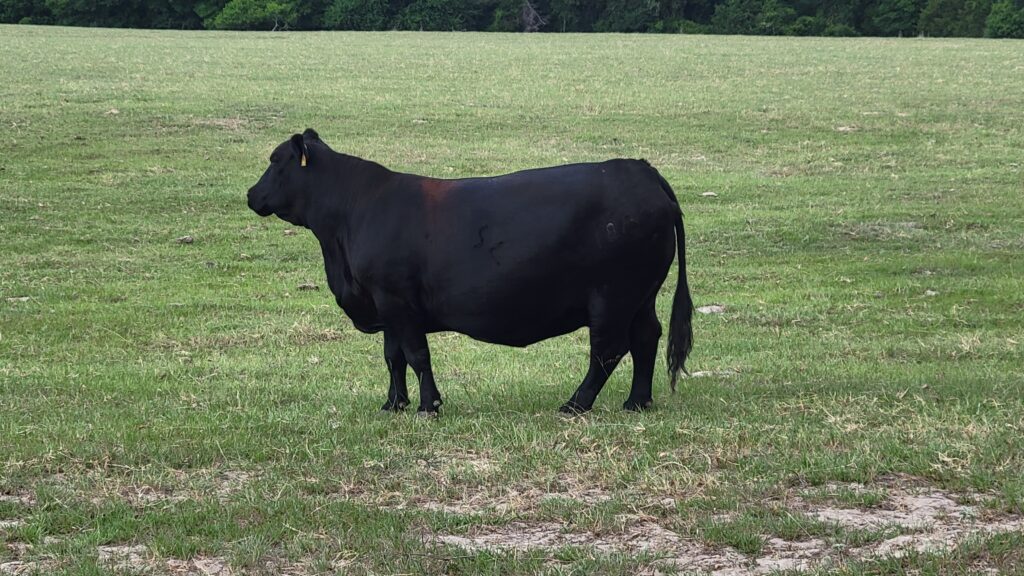Herd consolidation seems to be the main point being plugged right now as the total herd population of beef cattle is dropping and will continue to drop well into next year. This mirrors the 2014 cattle year where we had a steep downturn in total US herd. Next year will be more of the same with a general degradation of total population. Here are the factors: Severe drought has brought about pasture shortages. Lack of rain in the western parts of the country have left scorched plains of barren land that are hard pressed to support a herd of any size, unless the stockman can afford supplementation to hay or feed from either high-priced silage or hay that must be trucked in at high transport prices. Once sustenance is addressed, there is a third
Topics:
Michael Smith considers the following as important: Cattle report, food prices, US/Global Economics
This could be interesting, too:
Joel Eissenberg writes How Tesla makes money
Angry Bear writes True pricing: effects on competition
Angry Bear writes The paradox of economic competition
Angry Bear writes USMAC Exempts Certain Items Coming out of Mexico and Canada
Herd consolidation seems to be the main point being plugged right now as the total herd population of beef cattle is dropping and will continue to drop well into next year. This mirrors the 2014 cattle year where we had a steep downturn in total US herd.

Next year will be more of the same with a general degradation of total population. Here are the factors:
Severe drought has brought about pasture shortages. Lack of rain in the western parts of the country have left scorched plains of barren land that are hard pressed to support a herd of any size, unless the stockman can afford supplementation to hay or feed from either high-priced silage or hay that must be trucked in at high transport prices. Once sustenance is addressed, there is a third more pressing issue – heat. The above average temperatures sustained this summer and that are persisting in the south and west have caused stress on herd population. This will really be felt by the cow/calf operators who might have gestational issues with their cows. High heat and stress make the breeding process much more difficult.
Many ranchers are weighing their options now as La Niña continues into a third year. Feedlots attached to processors can only handle so many head and are contracted out for what they have in place. Others not contracted and having trouble have two options, private sales to someone who can take on the added head, or outright culling. Private processing is an expensive path, market is limited, and process dates are 6 months to even a year in some locales.
Nevil Speer over at Drovers notes that this has the feeling of 2014, but this time is a bit different. Dairy cows are well positioned to help the general population. Bred dairy cows through IVF not only provide the dairy with product to sell, but also calves to sell for replacements and steers to sell to processors. Specific genetics allow crossbreeding of dairy/beef cross. Traditional dairy cattle such as the common Jersey, the brown dairy cows that supply a huge amount of milk (or fluid), or the dalmatian spotted Holsteins are not that great for beef, such as Angus, Beefmaster, or Brahma. Crossing is nothing new, Brangus (Brahma & Angus cross) and even Wangus (Wagyu & Angus cross) cattle have been bred for decades to suit environments that may be ill suited for one breed. Brahman and Red Angus do very well in hot climates, for example. Using modern IVF technology and breeding the over 9 million dairy cattle is an easy way, as Mr. Speer states, to ease a lot of the replacement issues we are likely to have going into next year.
The culmination of all these factors leads the future to move into two directions, more cattle born not on traditional cow/calf stockyards, and additional costs.The consumer will continue to see increased priced going into next year. Warnings have already been issued in the feed markets alerting producers to price hikes happening seemingly monthly and with a big true up potentially in February of next year. Feed prices drive the finished cattle prices for the packers, which then are included in the wholesale costs, through the retailers, and as you guess, back to the consumers. With another year of ENSO stuck again, grain prices are set to continue to stay high, furthering food inflation well past the first and even second quarter of next year. Harvest still continues, but the USDA has already begun to discount this years yields. We also expect fertilizer shortages to continue due to the lockout from Russia and China, with the added caveat that European producers will be unable to produce due to the worsening energy crises. This year will be a little more dire as fields that were planted with nitrogen fixing soybeans will have to be planted with corn that requires quite a bit of nitrogen fertilizers, or laid fallow, which is the direction some Texas farmers are choosing.The crystal ball shows a murky overall food future, one of climactic uncertainty and higher prices.

